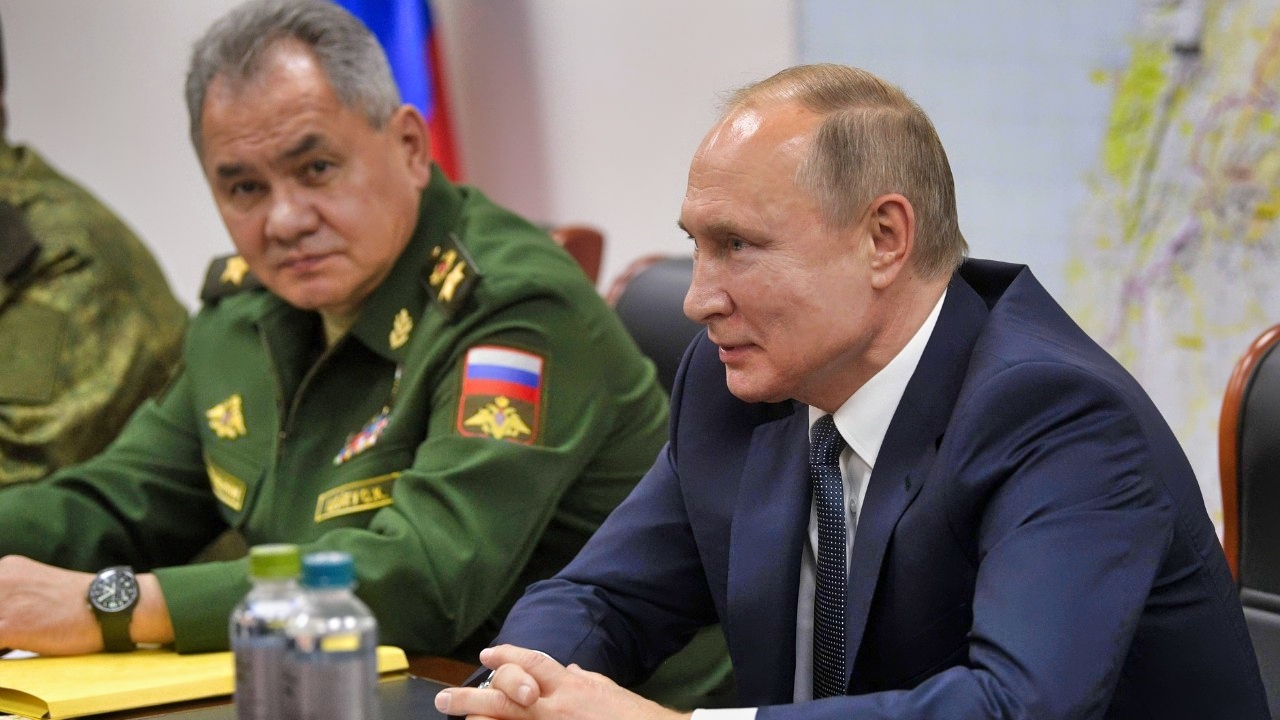Key Points and Summary – Ukraine’s latest long-range drone strike on Russia’s Kirishi refinery underscores Kyiv’s strategy to choke the oil revenues and fuels that sustain Moscow’s war.
-The attack, nearly 500 miles from Ukraine, reportedly shut a key processing unit handling about 40% of Kirishi’s output, highlighting growing reach and precision.
-It followed a strike on Primorsk, Russia’s largest Baltic oil port, and joins dozens of refinery hits that have forced shutdowns, rationing, and gas lines.
-Kyiv argues refineries are legitimate military targets; Moscow calls them civilian. As repairs drag on, Russia’s battlefield tempo and budget feel pressure from fires far behind the front.
Ukraine’s Drones Just Hit a Giant Russian Refinery—Here’s Why It Matters
WARSAW, POLAND – Last month, a director in the Polish defense industry shared with me a simple equation to understand Russia’s war in Ukraine.
“As long as Russian President Vladimir Putin is able to extract and sell oil, or refine it and sell the petrol produced, this war is never going to end,” he said. “Whether or not life for people in Russia is difficult – and even if it becomes worse than it already is – no one is going to be bothered. It all comes down to Russia’s ability to maintain its oil industry.”
It is, in fact, specifically that industry that Ukraine’s military is trying to degrade and disrupt, one drone attack at a time.
On the night of Sept. 14, Ukrainian drones attacked the Kirishi oil refinery in Russia’s St. Petersburg region. The Ukrainian Armed Forces General Staff confirmed the successful strike.
The Kirishi refinery is one of the largest facilities of its kind in Russia, with an overall processing capacity of more than 17 million tons of oil per year. Russia’s air defense forces intercepted three drones in the area of the facility, according to Leningrad Oblast Gov. Alexander Drozdenko.
Wreckage from a downed drone reportedly also crashed onto the site of the refinery, igniting a fire. That fire has supposedly been extinguished, and Drozdenko stated there were no human casualties as a consequence of the drone strike.
Krishi and Russia’s Oil Empire
Kirishi is one of Russia’s largest oil refineries by volume of production, along with the Ryazan Oil Refinery. The facility is a subsidiary of Surgutneftegaz and has been refining about 17.7 million metric tons per year (355,000 barrels per day) of Russian crude oil. This equates to 6.4 percent of Russia’s total annual production.
The refinery is located almost 500 miles from the Ukraine border, demonstrating the increasing range of Ukraine’s drone designs. The attack forced production to shut down at what was called a “key processing unit” at the refinery, according to Reuters, which based its reporting on statements from two industry sources.
These sources told Reuters that a furnace at the unit was incapacitated along with other equipment by the strike, which is what forced the shutdown of production. This damaged unit accounted for nearly 40 percent of the plant’s production capacity.
Some of the same sources told Reuters they expect repairs will take a month or more. Ukraine’s military intelligence agency (HUR) said it had previously conducted a strike on the Kirishi refinery in March.
The War on Russia’s Oil Sector
Video footage and photos taken by local residents were published on the Russian opposition news channel Astra. The images revealed a large blast area and flames rising from the Kirishi refinery after the attack. This strike took place not long after one of the largest drone attacks in the Leningrad Oblast of the entire war.
That strike took place on Sept. 12, two days before the attack on Kirisihi, and was carried out by the Ukraine Security Service (SBU) – the country’s main civilian intelligence agency – which conducted a drone attack on Primorsk, Russia’s largest oil-loading port on the Baltic Sea.
After this Ukrainian drone barrage, fires broke out on board one of the oil tankers and at a pumping station. This forced the facility to suspend all oil shipments, according to an SBU source that spoke to Ukrainian media outlets.
Ukraine’s war on Russia’s oil industry has escalated significantly over the past year. Russian oil production facilities have been forced to suspend operations on numerous occasions.
Fuel Shortages Now in Russia
The resulting disruptions have created a nationwide fuel shortage and have even caused petrol rationing to begin in certain regions. News reports showing long queues of automobiles at petrol stations are becoming more common.
Even though it strikes Ukraine cities almost daily and kills scores of civilians, Moscow criticizes these attacks on its oil industry sites as not targeting legitimate military installations.
Kyiv says it considers Russian oil refineries to be valid military targets, as they both fund and fuel Putin’s war machine.
About the Author: Reuben F. Johnson
Reuben F. Johnson has thirty-six years of experience analyzing and reporting on foreign weapons systems, defense technologies, and international arms export policy. Johnson is the Director of Research at the Casimir Pulaski Foundation. He is also a survivor of the Russian invasion of Ukraine in February 2022. He worked for years in the American defense industry as a foreign technology analyst and later as a consultant for the U.S. Department of Defense, the Departments of the Navy and Air Force, and the governments of the United Kingdom and Australia. In 2022-2023, he won two awards in a row for his defense reporting. He holds a bachelor’s degree from DePauw University and a master’s degree from Miami University in Ohio, specializing in Soviet and Russian studies. He lives in Warsaw.
More Military
Canada Could Dump the F-35 Fighter Soon
The SR-71 Blackbird Changed the U.S. Military Forever
SR-72 Darkstar: Why Won’t the Air Force Show Us This Mach 6 Plane?
